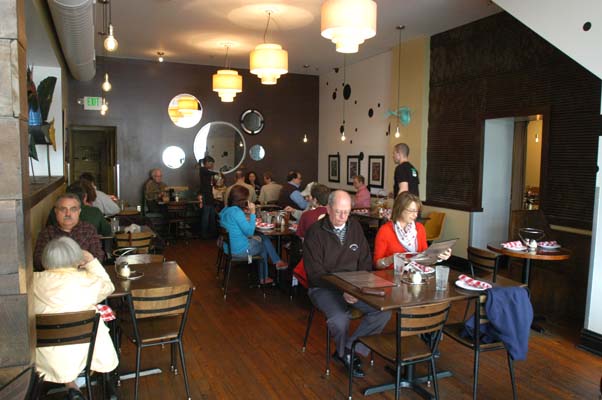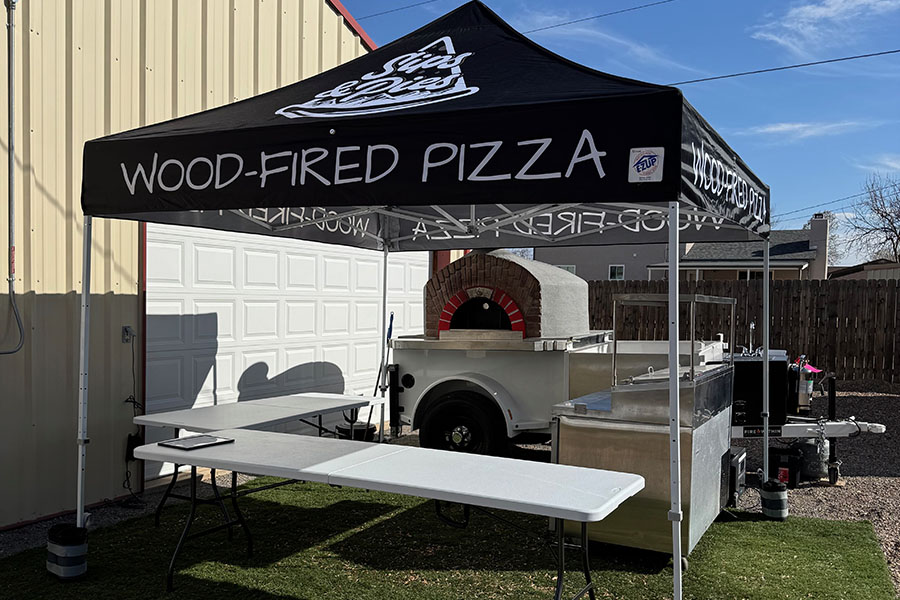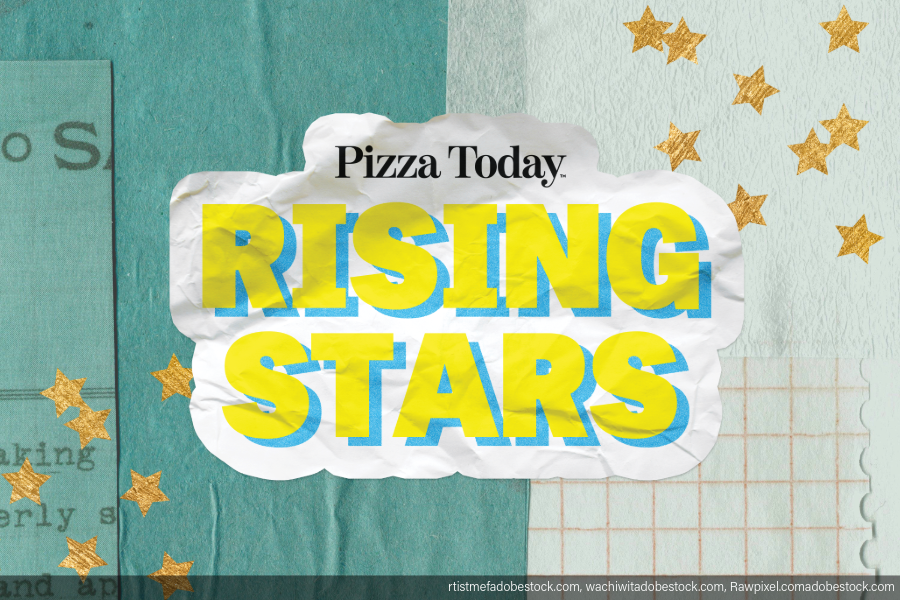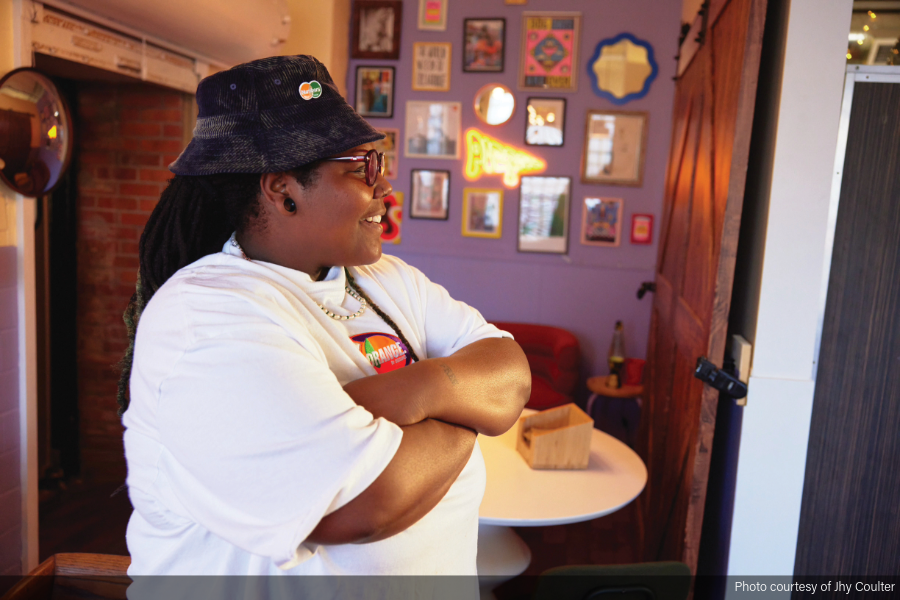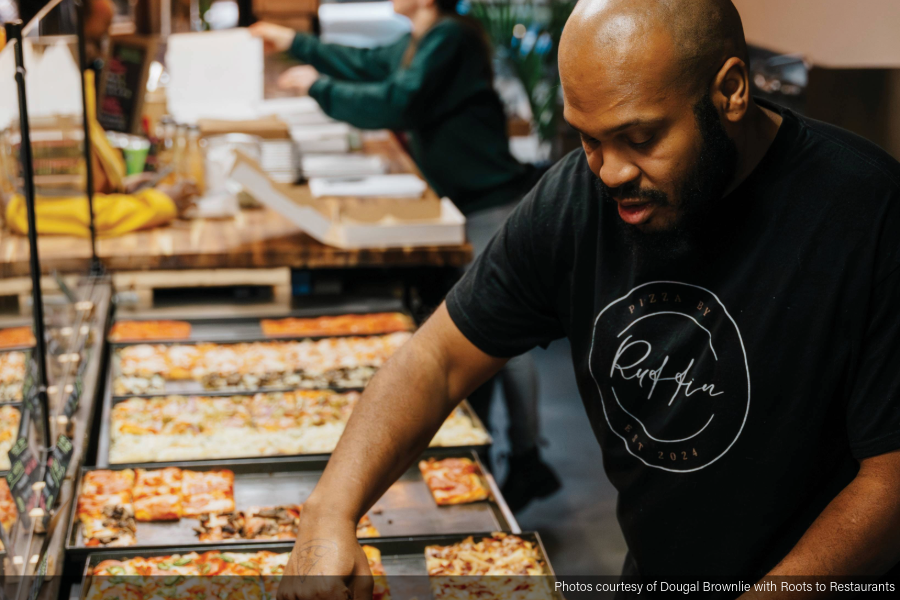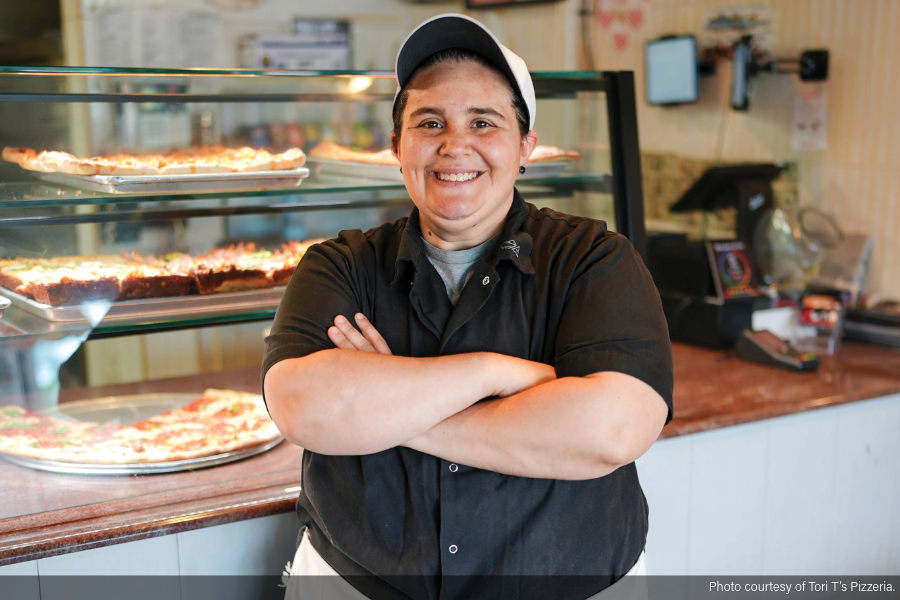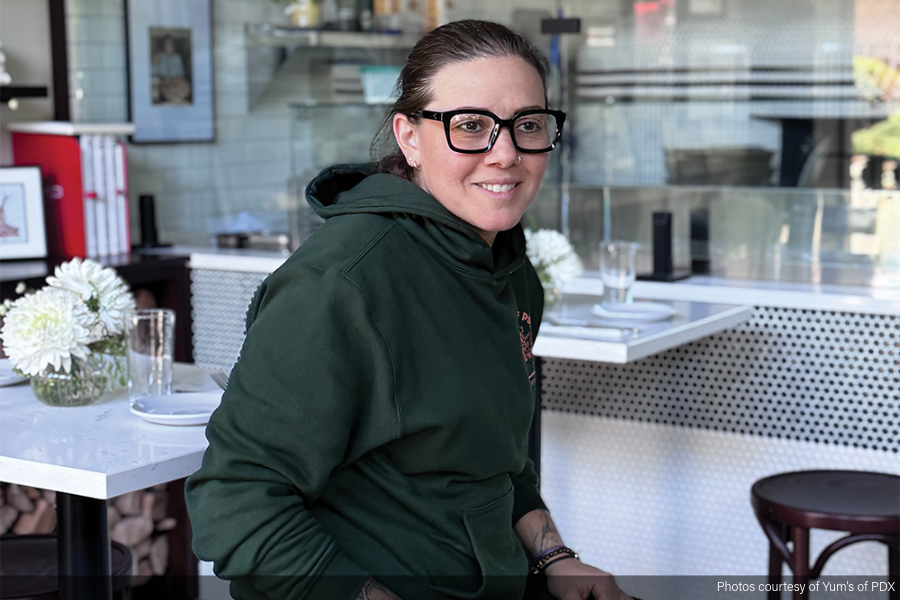How to manage the logistics of customer wait times
Olive oil and fresh basil, spinning dough and sparkling drinks: the sights and smells of a pizzeria delight customers — and frustrate them. Waiting to be seated, waiting for the order and waiting for the check are all regular elements of service and can either engage or alienate customers.
The key, says Dean Small, president of Synergy Restaurant Consultants, is in greeting customers properly. Smiling, opening the door, making them feel comfortable —these are small acts in themselves but essential to communicate internal culture. “I am a big fan of a brand ambassador who greets people, takes their coats and lets them know they will be seated as soon as possible,” he says. “They should have a wait list where they enter people’s names, when they come in and the quoted wait time.” And a digital clock, he adds — plus enough life experience and personality to handle situations that may arise with hungry, impatient customers.
Streamlining systems is essential for expediting customer wait times. At Spin! Neapolitan Pizza, a fast-casual local chain in Kansas City, the ordering, kitchen and serving processes are timed to the minute. First, instead of a waiting area, each of the six locations opens into a loose queue, where customers who are ready to order can move ahead and those who aren’t can hang back to examine the menu boards.
“As soon as the order goes in, salads are at estimated times of three to four minutes, with pizzas in the six to nine minute range,” says Co-owner Gail Lozoff. “During peak times, we have an expeditor behind the kitchen line controlling which tickets are fired when, and marrying group orders as well as slicing and topping pizzas.”
Turning tables quickly is priority to Lozoff and Spin! chef consultant and James Beard award winner Michael Smith, but with the front-of-the-house staff helping customers make decisions and the expeditor managing tickets, they avoid a robotic, fast-food environment.
Small emphasizes that a pizzeria’s success is measured in part by table turns, but at a certain point when all tables are full, there’s nothing operators can do except pare down each aspect of service to facilitate fast turnover.
“Think about your staffing,” he advises. “If it’s busy, servers don’t have time to pre-bus tables, and that can slow down service. It’s more efficient to pre-bus tables, since no one wants dirty dishes in front of them, and leaving it until the check is paid can take two people and more time.”
Portland, Oregon-based East Glisan Pizza Lounge owners Todd Dennis and Kristen Martha Brown had a breakthrough when Todd took the host position and started tracking in and out times, keeping the kitchen updated on customer flow (giving staff a chance to run to the walk-in downstairs for dough balls, etc.), and keeping an eye on customer reactions so he could inquire and forestall issues before they developed.
“We check in frequently with customers, and we emphasize to our servers the importance of genuinely asking how things are going,” says Brown. Todd also takes carryout orders and runs the hand-written tickets to the kitchen, keeping tabs on wait times.
Where customers wait isn’t so important as that they feel welcome, says Small. “Ideally you direct guests to the bar or some kind of seating area, but putting in some comfortable benches or seats will solve the problem too.” He adds that for parents and elderly people, seating can make a difference in the experience. “Kill them with kindness. Give them breadsticks or flatbread to take the edge of hunger off. Offer them a glass of wine or a cold beer.” Unhappy (impatient) children can ruin an experience not just for the family but for surrounding customers. Small has seen operators offer a small ball of pizza dough, or a stick of modeling clay, for young children, or a tethered iPad for games. Coloring sheets, a puzzle or a screen with cartoons playing are more options. “When the kids are happy, moms will be happy — and moms are the most important decision-makers in the family.”
Brown and Dennis have a small waiting lounge, where they often cut the wait time for pizza shorter by taking (and, on busy nights, even serving) food orders. They reserve several tables in the bright space next to the open kitchen for families, noting that for children, the dough spinning and kitchen activity is entertaining.
Elements that impact customer experience include music, signage and careful management of customer expectations by communicating accurate wait times. “It’s important that music is on-brand, reflecting the pizzeria’s customers and not its staff preferences,” says Small, who also notes that signage can help mitigate customer frustration. “I’ve seen a digital board, like at an airline, where customers can see how many people are ahead of them.”
Placing signs that communicate a message along the lines of, “our pizzas are worth waiting for because…” can help, as can doing the obvious thing and offering a smile and an acknowledgement of each customer.
“Make people as comfortable as possible,” says Dean Small. “Remember: we are in the hospitality business.”
Emily MacIntyre is a food and beverage writer based in Portland, Oregon.
